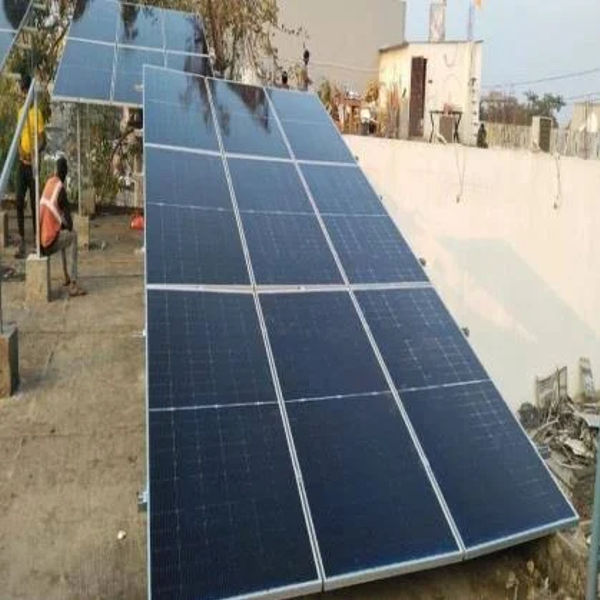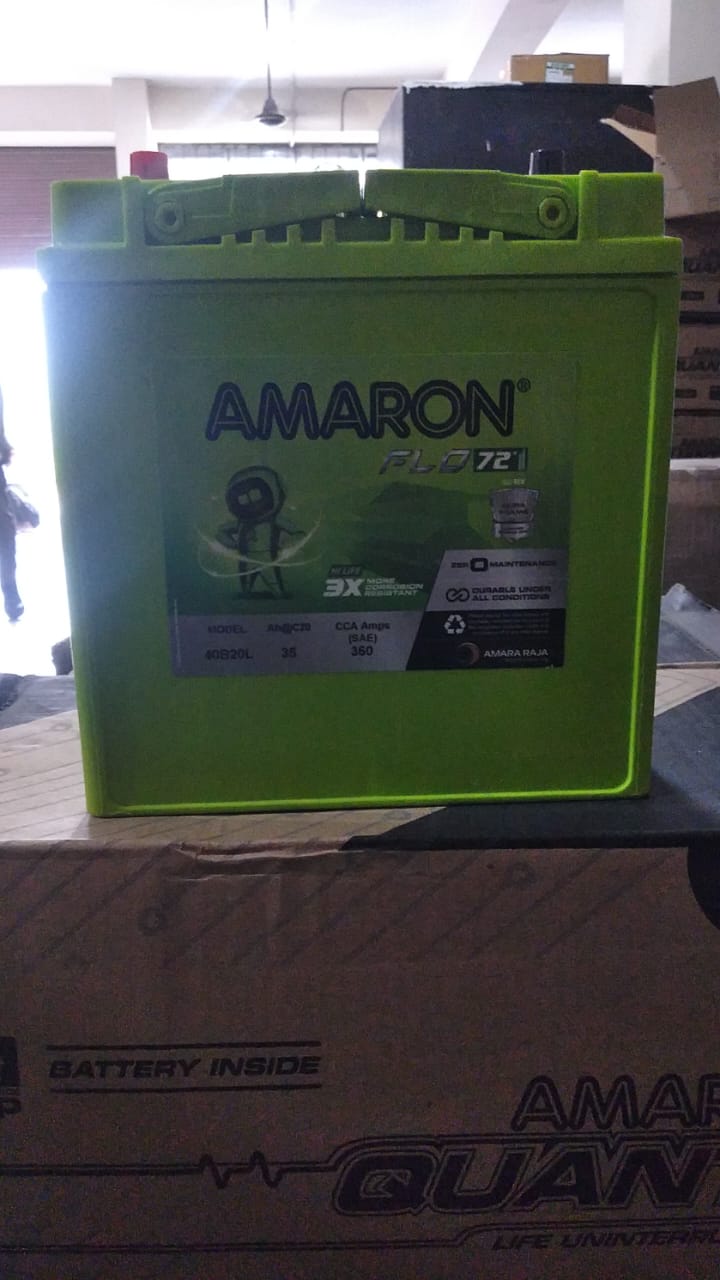Universal Power team has installed a 5 kW solar system at nooh school Key Details of the 5 kW Solar System Installation at Nooh School: Solar Power Generation: A 5 kW system typically generates around 20-25 kWh per day depending on sunlight hours and weather conditions. Annual Energy Production: The system could produce around 7, 300 to 9, 125 kWh annually, which can cover a significant portion of the school\'s energy needs. System Components: Solar Panels: Typically, 15-20 panels with a capacity of around 250W-330W each. Inverter: A 5 kW inverter is used to convert the DC power produced by the panels into AC power. Mounting Structure: The solar panels are mounted on the roof or ground, depending on the school\'s infrastructure. Grid Connection: The system is likely connected to the grid, allowing excess energy to be fed back into the grid via net metering, helping reduce electricity costs for the school. Benefits for Nooh School: Cost Savings: The school will benefit from reduced electricity bills by offsetting its grid power usage with solar energy. Sustainability: The system will contribute to a reduction in carbon emissions, helping the school be more environmentally responsible. Educational Opportunity: The solar installation can serve as a live example for students, providing them with a practical demonstration of renewable energy technology. Maintenance: The system requires minimal maintenance, with occasional cleaning of the panels to ensure optimal performance. Panel Lifespan: Solar panels generally last around 25-30 years, with a slight decline in efficiency over time. Inverter Lifespan: Inverters typically last around 10-15 years before needing replacement. Conclusion: The 5 kW solar system installed by Universal Power Team at Nooh School will provide long-term benefits, including reduced electricity costs, environmental sustainability, and educational opportunities for students to learn about solar energy. If more detailed information is needed, contacting Universal Power Team or the school would provide the specifics of the installation.
Send Message







